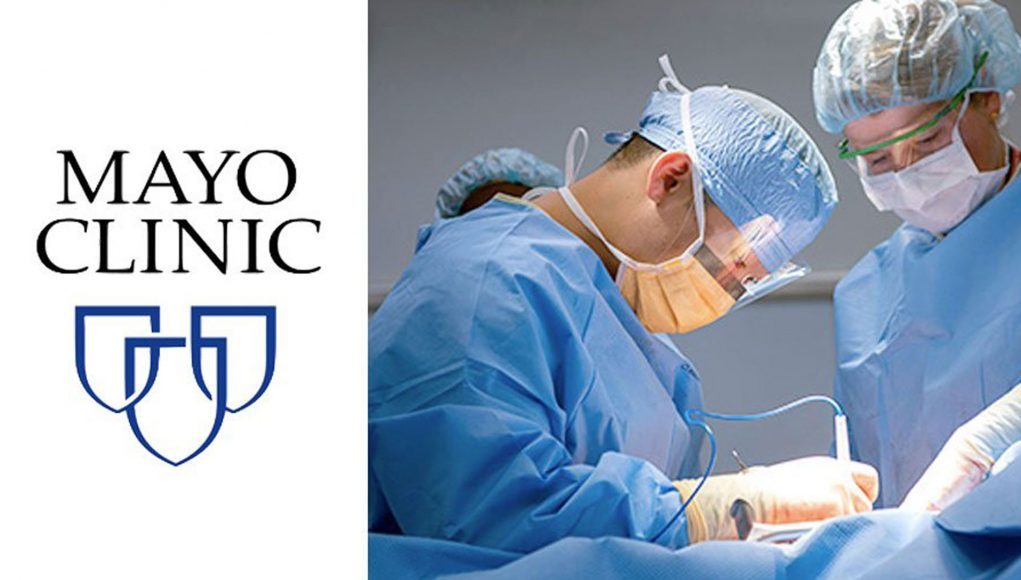FundamentalVR, the training and data analysis technology platform, today announced a three-year deal to jointly develop surgical VR simulation and education products with Mayo Clinic, the world-renowned academic medical center. FundamentalVR has also raised an additional $1.4 million in financing by its existing investor Tern Plc, bringing its total to $2.45 million.
The partnership is said to leverage Mayo Clinic’s surgeons and clinical practitioners, as well as its 3D modelling, data scientists and simulation specialists—all of whom will work to create new simulation content, assessment criteria and validation for Fundamental Surgery. In a press statement, the company says they’ll also benefit from access to “an unrivalled body of clinical research and validation opportunities.”
Mayo Clinic has recently brought the jointly developed VR surgery platform, Fundamental Surgery, to several simulation centers in Arizona, Florida and Minnesota.
“This collaboration with the Mayo Clinic will dramatically accelerate our progress and ensures that the FundamentalVR team has access to the very best surgical knowledge,” FundamentalVR CEO Richard Vincent says. “Mayo Clinic and FundamentalVR are both ultimately focused on improving patient outcomes and with this in mind we share the belief that the comparative data insight and measurement available through our platform will have a profoundly positive impact on the wellbeing of people around the world. Our haptic + immersive VR platform has already proven itself to offer a new way to allow skills development and we are proud that this has been recognised by one of the USA’s leading and most inspirational medical groups.”
Through the partnership, the company hopes to tap into Mayo Clinic’s expertise with the ultimate goal of expanding the platform’s function in education, assessment and evaluation. To this end, the companies have planned to collaborate on a range of simulations in General Surgery, robotic and patient-specific simulation derived from DiCom (Digital Imaging and Communications in Medicine) data and 3D modelling.







